I’ve tested two of GameSir’s best controllers, and, for me, there’s one clear winner
The magnetic heroes battle it out
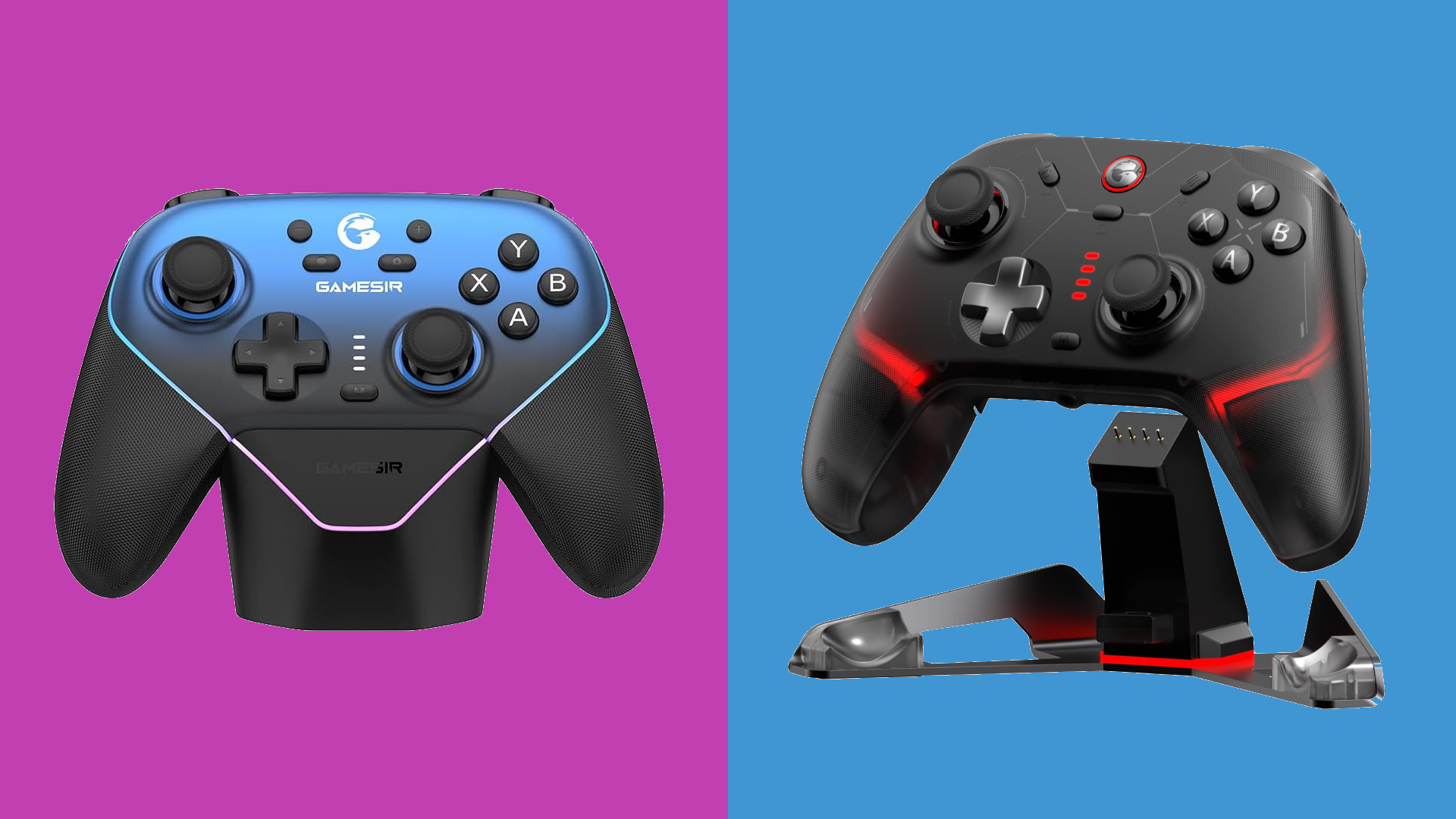
GameSir has garnered a reputation for making great-value controllers, offering plenty of high-end features at a cheaper price than many of its competitors. It has quite a few products in this sector, but here we’re interested in two of its leading models: the GameSir Super Nova and the GameSir Cyclone 2.
On the face of it, there isn’t much to split these two controllers: both support PC, Nintendo Switch, and mobile platforms, and both have an Xbox-style design and the same customizations available to them. However, there are some key differences that will matter to those who take their gaming seriously.
Having reviewed both of these gamepads, I feel well-placed to decide between them, and whoever comes out on top could certainly hold a claim to being one of the best PC controllers in terms of value. And I can say that there’s one clear winner that I’d choose every time.
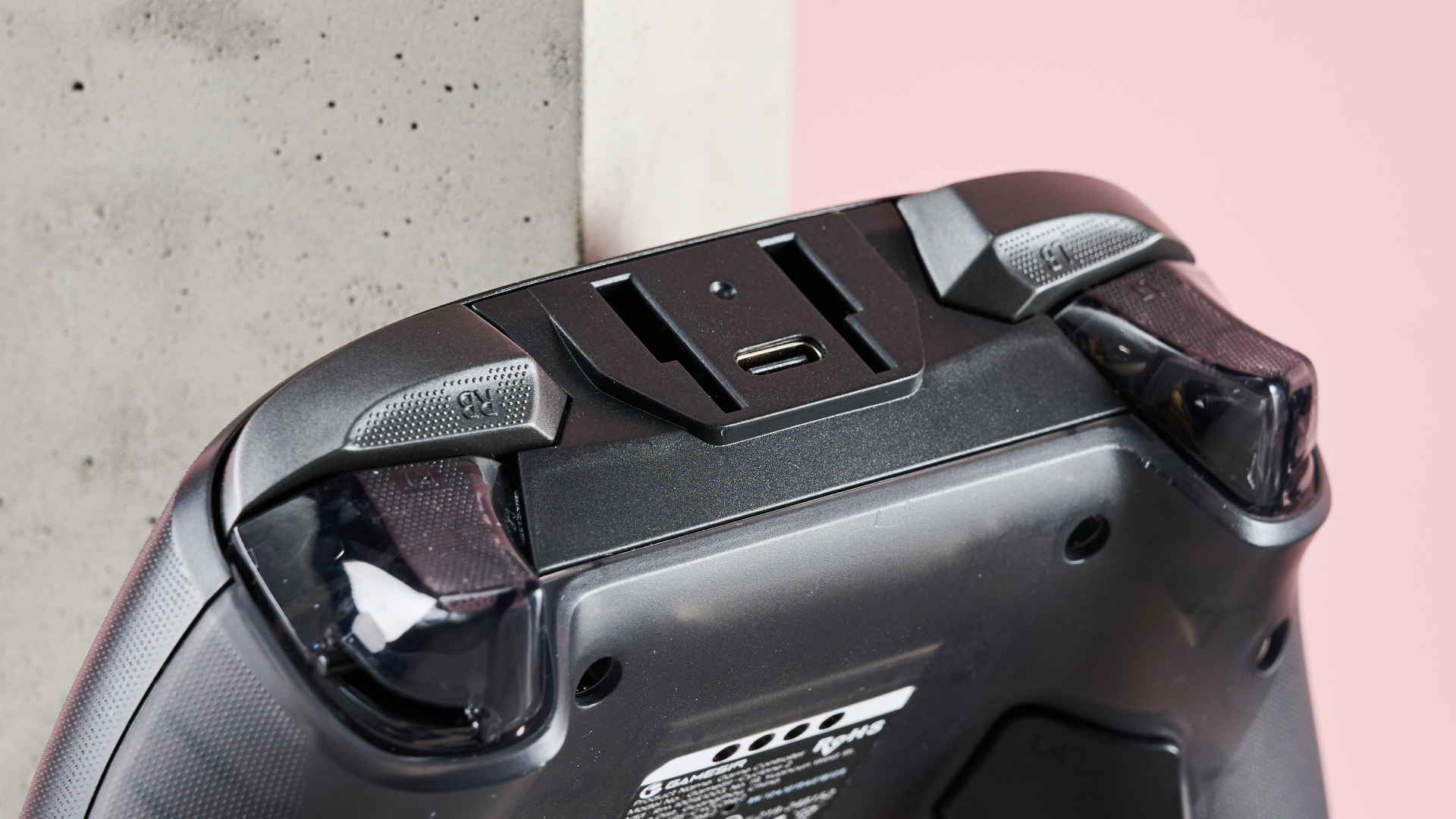
Design and features
Both controllers have a very similar form – which is to say, both ape the design of the best Xbox controllers, with their thick centers and asymmetrical joystick layouts, which many gamers prefer for ergonomic reasons.
However, the Cyclone 2 is slightly wider and taller, and the sticks are slightly more spaced apart as a result. As a bonus, the Cyclone 2 also gets a 3.5mm headphone jack at the bottom, and there are a few layout differences between the two.
The Cyclone 2 gets a central Home button with an LED ring, whereas the one on the Super Nova is smaller and simpler. However, the Super Nova features a handy slider on the back for switching between Bluetooth and 2.4GHz devices, which makes it much easier to hot-swap than the myriad button combinations required from the Cyclone 2 – although the Super Nova still requires some of these combos to toggle various input and layout modes.
However, that LED ring on the Cyclone 2 changes color depending on the connectivity mode, which is a useful indicator and easier to parse than the various LED configurations in the center of the Super Nova.
Sign up for breaking news, reviews, opinion, top tech deals, and more.
Another area where the Super Nova has a design advantage is the fact that it has swappable face buttons to make Nintendo Switch play more conveniently, made easy by the magnetic, removable front plate.
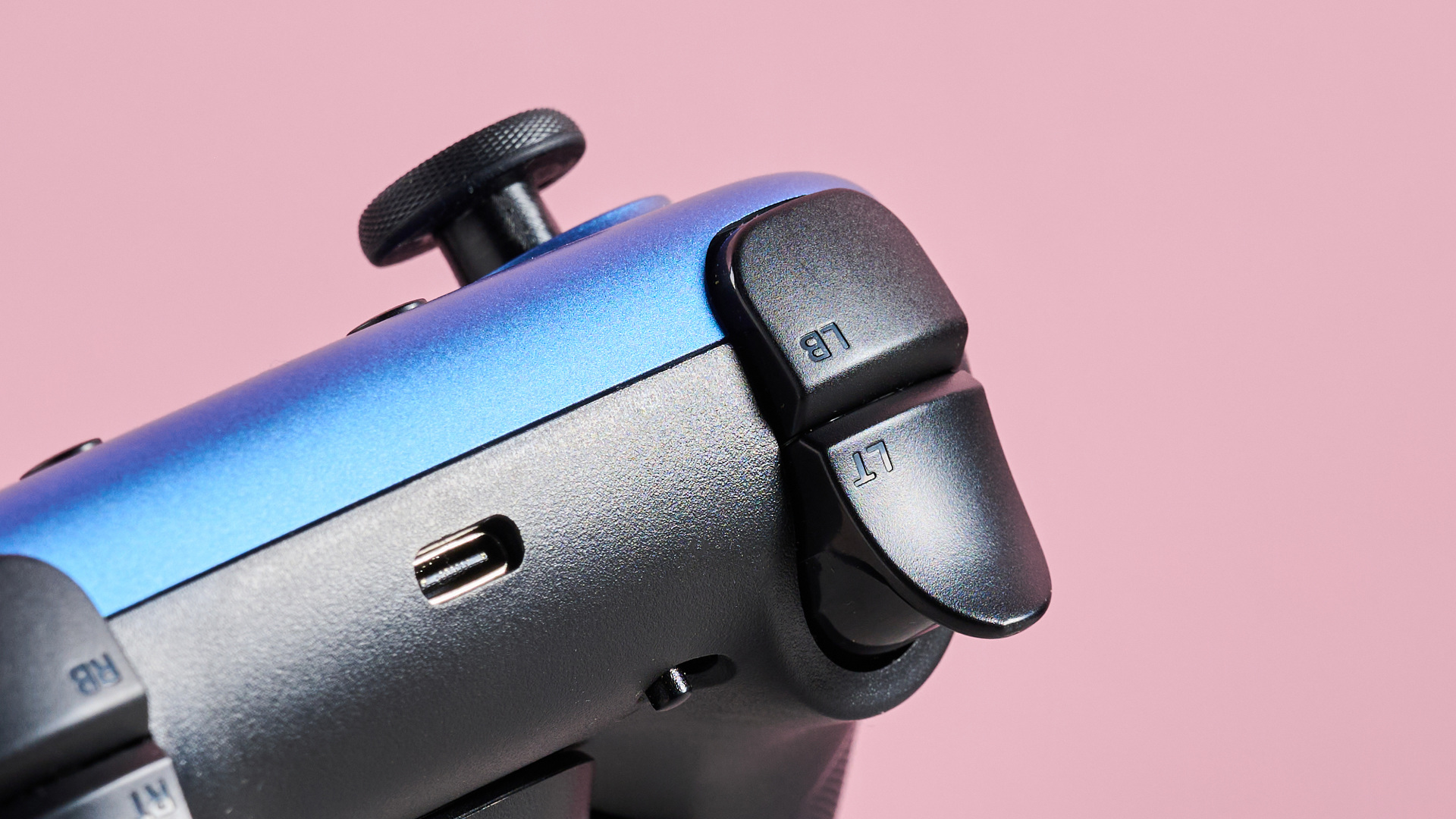
When it comes to customization, both the Super Nova and Cyclone 2 work with GameSir Connect, the brand’s peripheral software for PC, and both have the same set of tweaking options available to them.
These options are plentiful and more varied than other controller software I’ve encountered. There are plenty of rebinding options, with keyboard and mouse inputs available for allocation, and Turbo and Continuous Trigger modes are assignable too. What’s more, up to three inputs can be bound to a single button.
There are also plenty of deadzone adjustments and curve profiles available for both the stick and the triggers, while there are a vast number of motion control settings, including the ability to substitute them for stick and even mouse inputs.
I should point out, though, that during my review of the Cyclone 2, this motion control substitution failed to work with the initial unit I was given. The second unit, though, worked fine, so hopefully this isn’t indicative of a wider quality control problem – but it’s worth mentioning all the same.
Performance
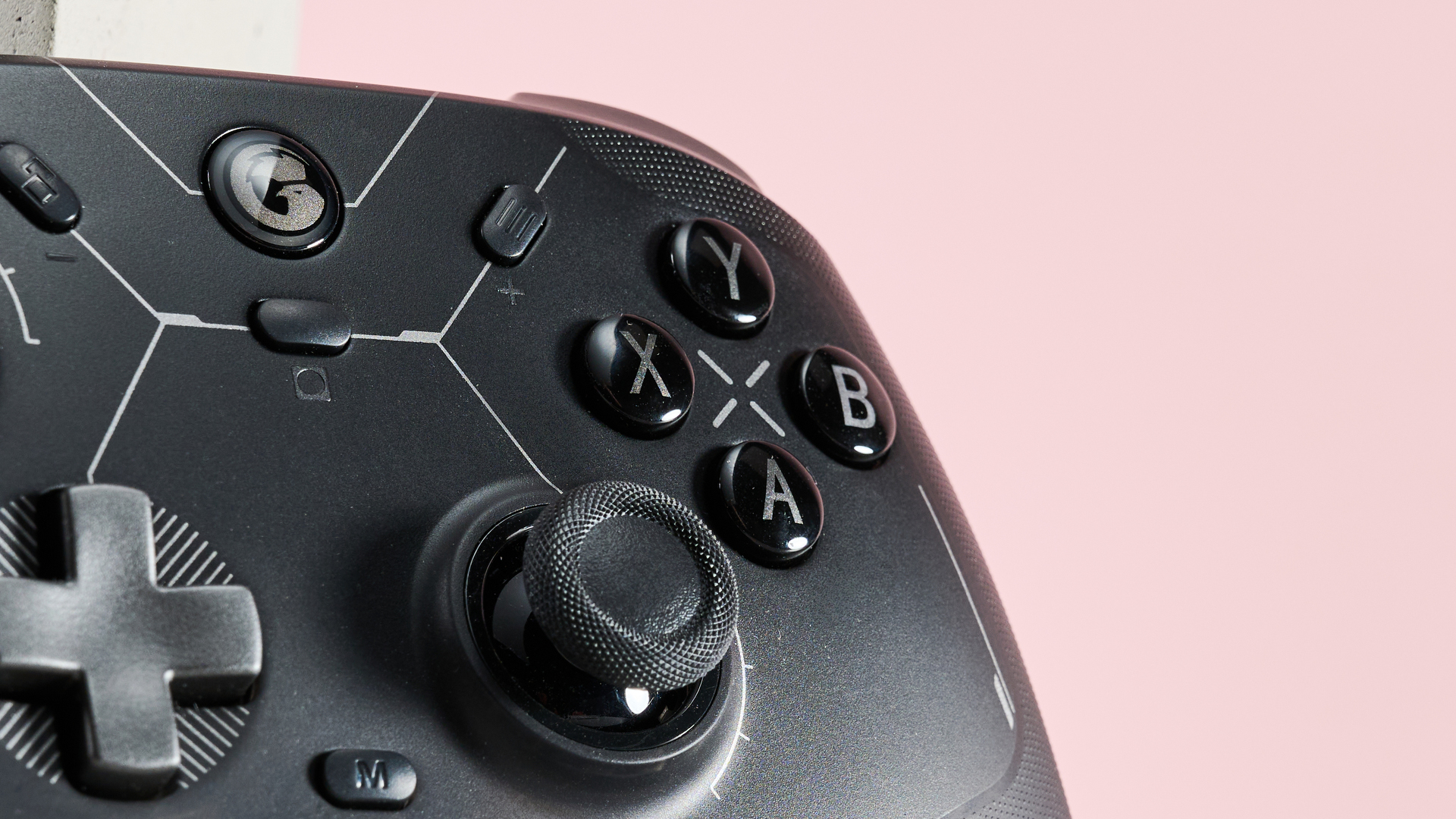
Despite their similar forms, the Super Nova and the Cyclone 2 differ significantly in their feel and performance, with button feel being one of the biggest areas of concern. The ones on the Super Nova have a more damped impact, albeit still less than you might experience on a typical gamepad. Those on the Cyclone 2, however, actuate more like mouse clicks, having a similar feel and noise.
This goes for the D-pad as well, which may deter some gamers. However, I found it very responsive and easy to operate in this case, especially when playing games that require frequent and rapid use of it, such as Tekken 8. By contrast, the D-pad on the Super Nova feels less responsive and more uncomfortable at the same time.
The bumpers are also more clicky on the Cyclone 2, but this is one area where that style doesn’t quite work in its favor, since it offers less feedback – a matter made worse by their short travel. The bumpers on the Super Nova, by contrast, are more satisfying to use and more responsive.
Both controllers’ triggers operate smoothly, and although those of the Cyclone 2 offer slightly less travel, they’re no less precise for it. The Super Nova’s provide slightly more resistance and have a curled design to aid with ergonomics and grip.
It’s the joysticks, though, where you’ll find the headline differences between the Super Nova and the Cyclone 2. The Cyclone 2 uses TMR (Tunneling Magnetoresistance) sensors, whereas the Super Nova uses those of the Hall effect variety.
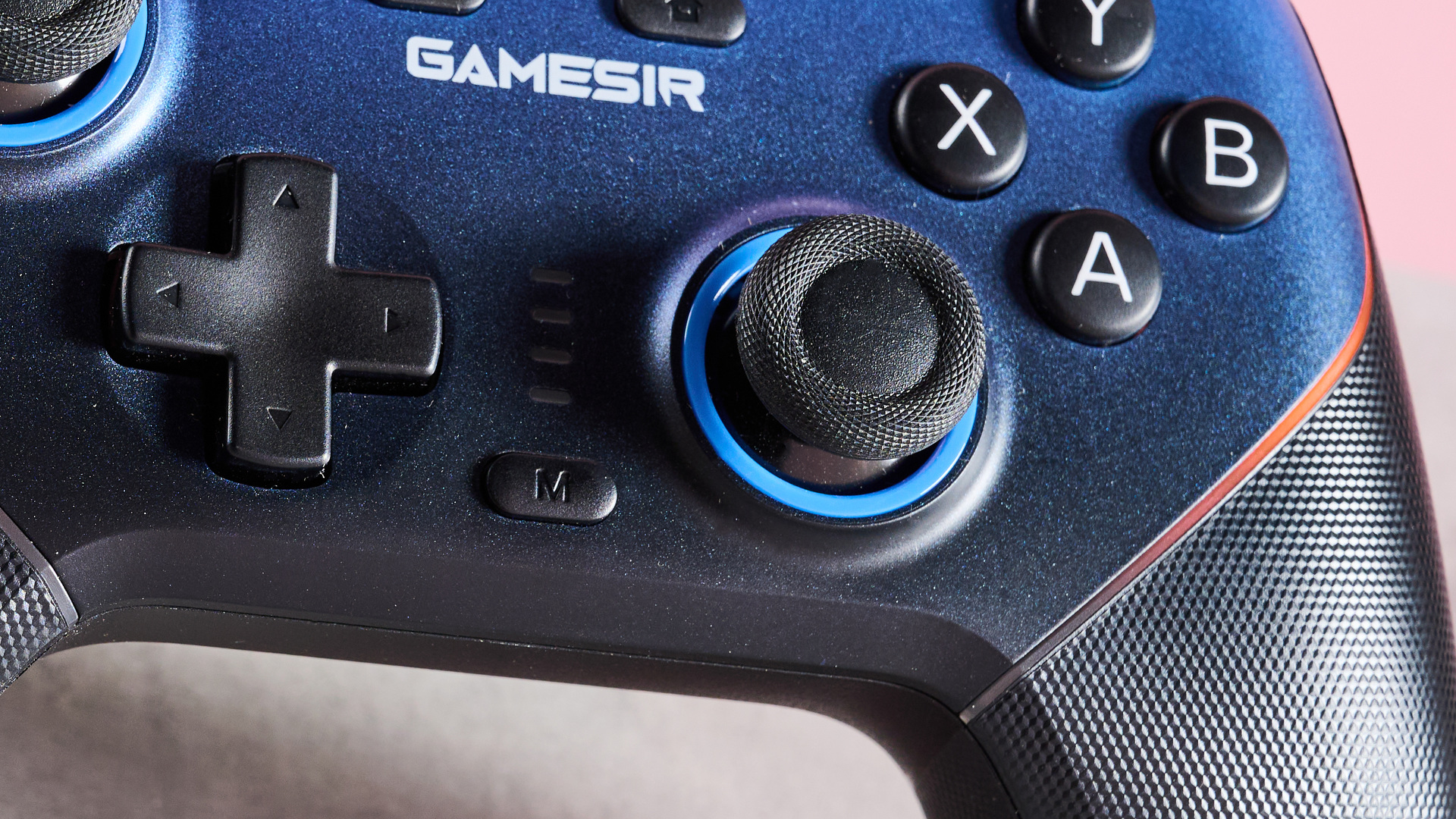
Both of these technologies rely on electromagnetic fields, and both outperform potentiometer-based sticks found in many first-party controllers. We’ve explained Hall effect and TMR technologies in more detail before but essentially, TMR sensors supposedly offer even greater precision than their Hall effect counterparts, while at the same time consuming less power.
In practice, both sets of sticks are incredibly accurate, but if I were pushed to choose between the two, I would rate the sticks of Cyclone 2 higher, as they provide slightly smoother tracking and greater precision.
When it comes to battery life, however, it’s the Super Nova that has the edge with a quoted 15 hours, whereas GameSir only estimates up to 10 hours for the Cyclone 2. The latter is somewhat disappointing compared to many rivals, especially when you consider that, as aforementioned, TMR sensors are more energy efficient than Hall effect ones.
Still, I don’t have too many complaints with either controller on the issue of connectivity. Even Bluetooth setup is relatively easy, and just like the best Nintendo Switch controllers, both linked to the console without a hitch during my time with them.
Both gamepads support mobile platforms, too, although neither is compatible with consoles besides the Switch. So if you’re after one of the best Xbox or best PS5 controllers, you’ll have to look elsewhere.
In terms of value, both controllers offer plenty of features and performance for their price tags. However, the Cyclone 2 edges ahead of the Super Nova thanks to its better button response and more enjoyable analog sticks. And given it’s virtually the same price as the Super Nova, the Cyclone 2 is the one I’d pick every time.
You might also like...
- Final Fantasy 14 composer Masayoshi Soken discusses his work and reveals why he'd love to make a horror game soundtrack: 'I have the desire to face that challenge'
- F1 25’s Braking Point 3 won't be for everyone, but I’m still enjoying its dramatic take on the sport
- Forza Horizon 5 shines on PS5, but the Realms update left me wanting more

Lewis Maddison is a Reviews Writer for TechRadar. He previously worked as a Staff Writer for our business section, TechRadar Pro, where he gained experience with productivity-enhancing hardware, ranging from keyboards to standing desks. His area of expertise lies in computer peripherals and audio hardware, having spent over a decade exploring the murky depths of both PC building and music production. He also revels in picking up on the finest details and niggles that ultimately make a big difference to the user experience.
You must confirm your public display name before commenting
Please logout and then login again, you will then be prompted to enter your display name.